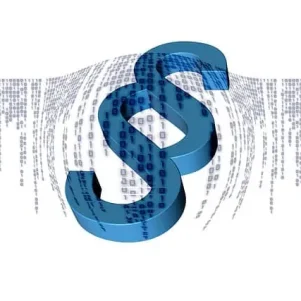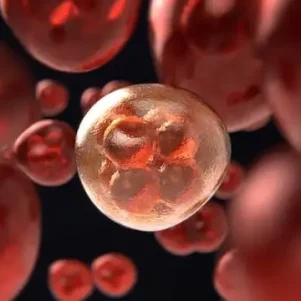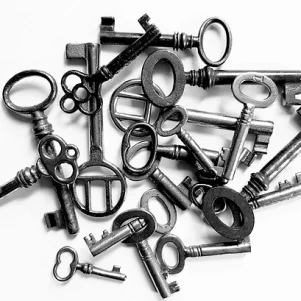To understand what a corporate merger consists of, we must analyse Article 22 and articles of Law 3/2009 of 3 April 2009, on structural modifications to corporate companies in Spain (hereafter, LMESC).
What does a corporate merger consist of?
According to the Law indicated above, it is an operation where two or more companies, duly registered in the Trade Register and subject to Spanish law, come together in a single corporation.
This union is carried out through a transfer en bloc of their assets and crediting the shareholders of the extinguished companies with shares, holdings or quotes of the resulting company. The resulting company can be a new company or one of the companies that has merged (acquiring company).
The Spanish system distinguishes between three different types of mergers. To know which merger is which, one must first understand the following:
- The chosen method: it can be a merger by incorporation or merger by absorption (regulated by Art. 23 of the LMESC)
- The types of participating companies: merger of partnerships or capital companies or a mixed merger (regulated by Art. 24 of the LMESC)
- The percentage of ownership: vertical merger; reverse merger; merger of twin companies and absorption of up to 90% of a company (Arts. 49, 50 and 52 of the LMESC).
This article focuses on mergers that serve the chosen method, that is to say, this article will analyse when there is a merger by creation and when there is a merger by absorption.
The merger by creation or merger by incorporation is a merger carried out through the integration of companies into a new company.
This implies that the companies that are merged become extinct, transferring en bloc and via universal succession all of its assets to the new company, so that the new company acquires the different elements consisting of the assets and liabilities of the extinguished companies.
The creation of a new company assumes that the new company subrogates the rights and obligations of extinguished companies.
What happens to the extinguished companies?
In this case, the shareholders receive several shares, holdings or quotas in proportion to the respective holdings, shares or quotas that they occupied in the extinguished company.
The merger by absorption, contrary to what occurs in the previous case, is where one or more companies (acquired companies) are integrated into another company that already exists, that is to say, is not a new creation.
The existing company acquires, also by universal succession, the assets of the merged companies.
What happens to the shareholders of the extinguished companies?
In this case, the shareholders of the companies that are extinguished participate with the shareholders from the resulting company of the merger, in exchange for several shares, holdings or quotas in the resulting company proportional to the number of shares, holdings or quotas that they had in the extinguished company. As a result of this universal succession, the social capital of the acquiring company is increased to the appropriate amount.
As in the previous case, the acquiring company subrogates all the rights and obligations of the extinguished companies.
If you need additional information regarding mergers in Spain,





